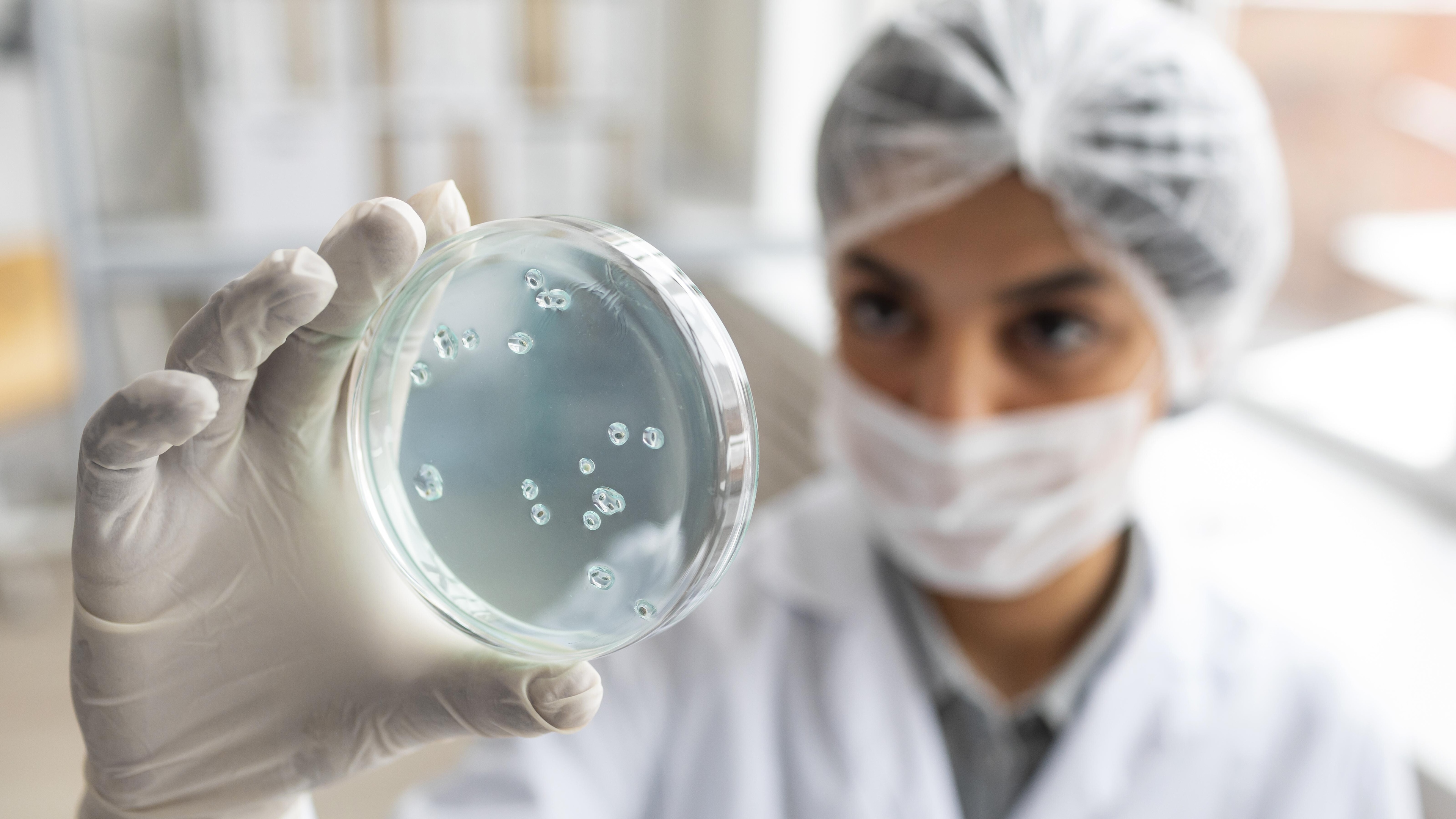Jellyfish-inspired electronic skin can heal itself while wet

Jellyfish have provided inspiration for a new kind of electronic skin.
Image: REUTERS/Victor Fraile
Stay up to date:
Biotechnology
“One of the challenges with many self-healing materials today is that they are not transparent and they do not work efficiently when wet,” says Benjamin Tee, assistant professor of materials science and engineering at the National University of Singapore.
“These drawbacks make them less useful for electronic applications such as touchscreens which often need to be used in wet weather conditions.
“With this idea in mind, we began to look at jellyfishes—they are transparent, and able to sense the wet environment. So, we wondered how we could make an artificial material that could mimic the water-resistant nature of jellyfishes and yet also be touch sensitive,” says Tee, who has worked on electronic skins for many years and was part of the team that developed the first ever self-healing electronic skin sensors in 2012.
“We are hoping to create a future where electronic devices... can perform self-repair functions to reduce the amount of electronic waste in the world."
The researchers created a gel consisting of a fluorocarbon-based polymer with a fluorine-rich ionic liquid. When researchers combine the two, the polymer network interacts with the ionic liquid via highly reversible ion-dipole interactions, which allows it to self-heal.
“Most conductive polymer gels such as hydrogels would swell when submerged in water or dry out over time in air,” Tee says. “What makes our material different is that it can retain its shape in both wet and dry surroundings. It works well in sea water and even in acidic or alkaline environments.”
To create the electronic skin, the team printed the material into electronic circuits. As a soft and stretchable material, its electrical properties change when touched, pressed, or strained.
“We can then measure this change, and convert it into readable electrical signals to create a vast array of different sensor applications,” says Tee, who is also from the NUS Biomedical Institute for Global Health Research and Technology.
“The 3D printability of our material also shows potential in creating fully transparent circuit boards that could be used in robotic applications. We hope that this material can be used to develop various applications in emerging types of soft robots.”
Soft robots, and soft electronics in general, aim to mimic biological tissues to make them more mechanically compliant for human-machine interactions. In addition to conventional soft robot applications, the material’s waterproof technology enables the design of amphibious robots and water-resistant electronics.
Another advantage of the skin is its potential to reduce waste.
“Millions of tonnes of electronic waste from devices like broken mobile phones or tablets are generated globally every year. We are hoping to create a future where electronic devices made from intelligent materials can perform self-repair functions to reduce the amount of electronic waste in the world,” Tee says.
Tee and his team are hoping to explore further possibilities of the material. “Currently, we are making use of the comprehensive properties of the material to make novel optoelectronic devices, which could be utilized in many new human-machine communication interfaces,” he says.
The study appears in Nature Electronics. Additional coauthors are from Tsinghua University and the University of California, Riverside.
Don't miss any update on this topic
Create a free account and access your personalized content collection with our latest publications and analyses.
License and Republishing
World Economic Forum articles may be republished in accordance with the Creative Commons Attribution-NonCommercial-NoDerivatives 4.0 International Public License, and in accordance with our Terms of Use.
The views expressed in this article are those of the author alone and not the World Economic Forum.
Related topics:
Forum Stories newsletter
Bringing you weekly curated insights and analysis on the global issues that matter.
More on Health and Healthcare SystemsSee all
Shiloh Paswani and Mansoor Aamir
August 14, 2025
James Balzer
August 14, 2025
Madeleine North
August 13, 2025
Charlotte Edmond
August 11, 2025
Adriana Banozic-Tang and Heng Wang
August 5, 2025
Tom Crowfoot
July 30, 2025





